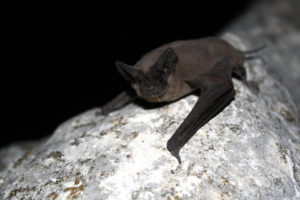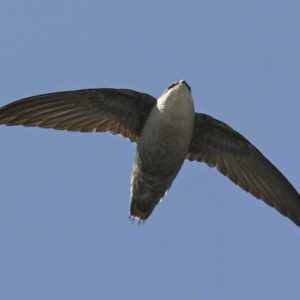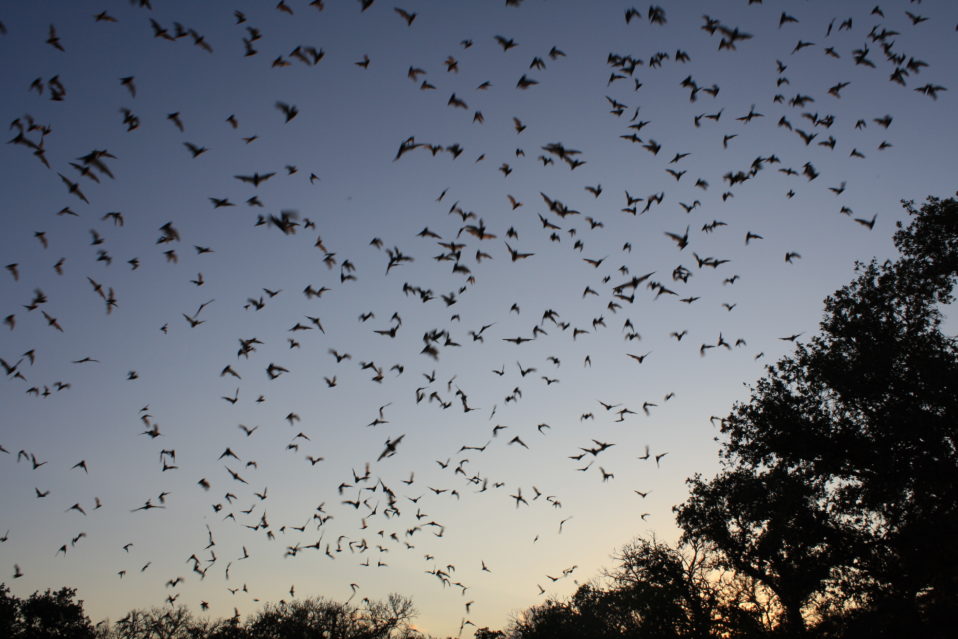Wildlife Wednesday: Mosquito Eating Animals
C ertainly, one of the hardships of living along the Gulf Coast of Texas in Summer is enduring the large and numerous mosquitoes. The nuisance and potential threat of mosquito borne diseases drives us to seek solutions, some of which are deleterious to local eco-systems and non-harmful native wildlife. There are already a number of native animals who help us everyday with mosquito control. We just need to help them out, and provide them with habitat near our homes and workplaces to get them to make our warmer months a little more mosquito free. Today, we take a look at 3 species that help keep mosquito population under control.
ertainly, one of the hardships of living along the Gulf Coast of Texas in Summer is enduring the large and numerous mosquitoes. The nuisance and potential threat of mosquito borne diseases drives us to seek solutions, some of which are deleterious to local eco-systems and non-harmful native wildlife. There are already a number of native animals who help us everyday with mosquito control. We just need to help them out, and provide them with habitat near our homes and workplaces to get them to make our warmer months a little more mosquito free. Today, we take a look at 3 species that help keep mosquito population under control.
Bats eat an incredible number of insects every night, and one of the better known species of bat in the Houston area is the Mexican Free-tailed Bat (Tadarida brasiliensis). Along with other species, like the Evening Bat and the Little Brown Bat, they emerge from their daytime roosts every night to feed on a wide variety of insects. Mexican Free-tails in some part of the country are migratory, and go as far South as Brazil to spend the winter. Most of population in Houston stays for the winter and goes dormant when temperatures start to drop into the lower 50s. They roost in attics, cracks in the sides of buildings, and under bridges, amongst other places. A good place to see 1000s of them at once, is at the Waugh Bridge Colony (click link to find out more) off of Allen Parkway, where they will make a nightly emergence, again, as along as temperature are above the low 50s.
Another winged animal friend that helps control mosquitoes, by feeding on them is the Chimney Swift (Chaetura pelagica). These little sooty black birds look very much like bats or little black boomerangs with heads, flitting around and squeaking overhead. Especially noticeable at the end of the day, as they fly lower and approach their night time roosts, they can sometimes be seen in great numbers together. As deforestation destroyed many of the hollow tree snags and dead branches where Chimney Swifts nested and roosted, they moved into nesting in chimneys and open towers, which for many years worked well for them. Continued deforestation and the practice of closing off chimneys and other open tower like structures has led to a marked decline in their numbers. Over the last several years, people have begun to help them out by building “Swift Towers” in parks and on private sites, to provide adequate shelters for them. Drop by the park some time in the evening, to see one of our swift towers, where you just might catch a glimpse of them returning home.

Mosquitoes breed in still water, so in our ponds we make sure to have robust populations of Western Mosquitofish (Gambusia affinis). This is a species of native live-bearing top minnow, which feeds on the aquatic larvae of Mosquitoes. If you have enough Mosquitofish in your pond, you can be sure that you won’t get any adult mosquitoes coming out of it! Mosquitofish are part of any thriving native pond eco-system, and they’re delightful to watch as they swim near the surface of the water and feed on various small invertebrates.
These 3 species are just are all important lines of defense against the threat of mosquito hoards, and they’re all native species, which are important parts of our local habitats. By insuring them healthy local natural areas and adequate habitats near and in human settlement, we can be assured that they will continue to help us keep mosquitoes in check!
Thanks for joining us, head out to the park sometime and see some of these creatures for yourself!
Eric Duran
Staff Naturalist
photographs: Top bats by USFWS/Ann Froschauer; Mexican Free-tailed Bat by USFWS Headquarters; Chimney Swift by USFWS; Mosquito fish by USFWS



